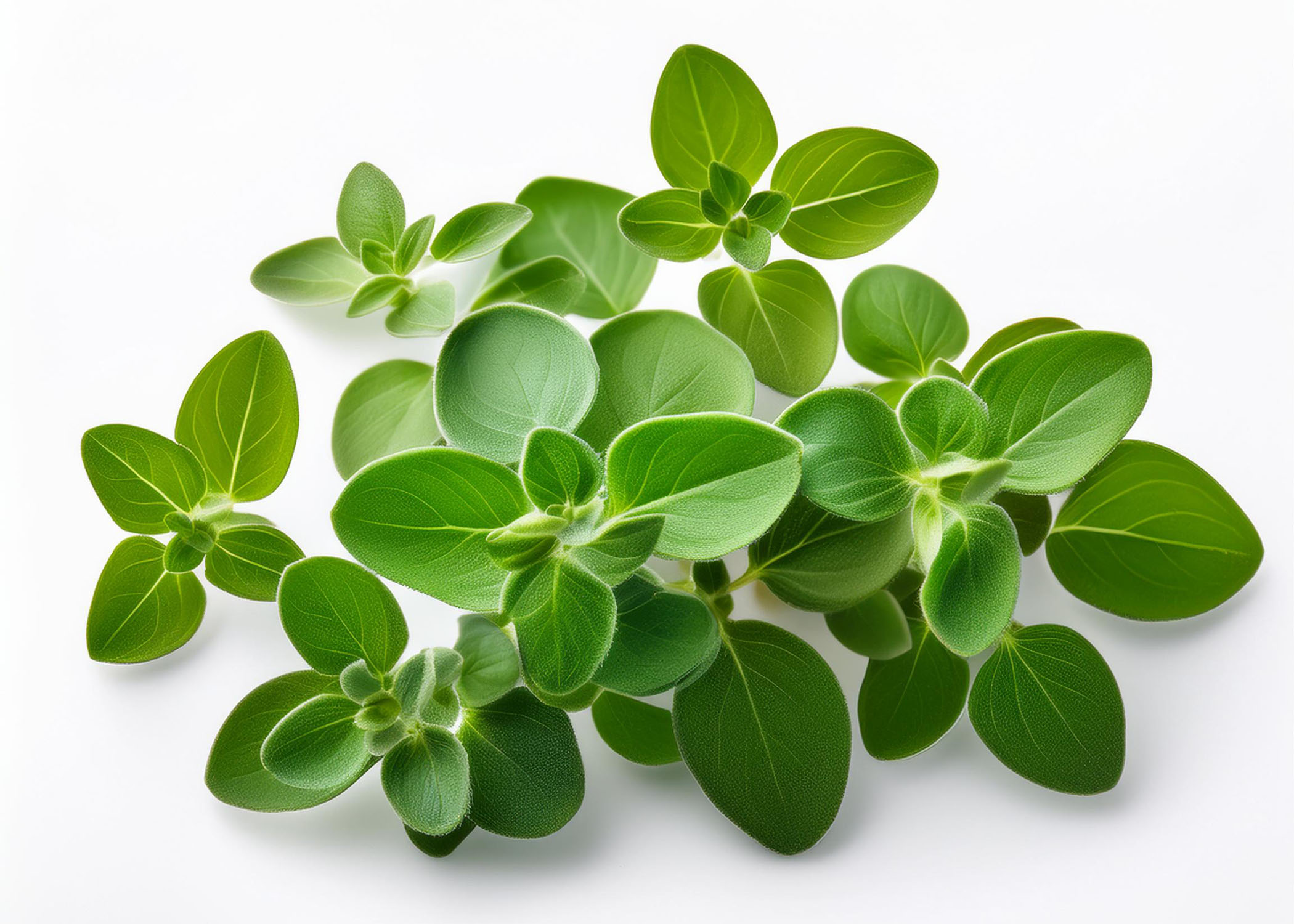Botanical Name: Origanum vulgare
Oregano, a member of the mint family (Lamiaceae), is one of the world’s most popular and widely used herbs. Known for its pungent, slightly bitter, and earthy flavor, oregano plays a key role in a variety of international cuisines, particularly in Mediterranean, Italian, and Mexican dishes. Its robust aroma and taste have made it a culinary staple, with both fresh and dried forms commonly used to add depth and complexity to a wide range of recipes.
Native to the Mediterranean region, oregano has been cultivated and used for thousands of years. Ancient Greeks and Romans held it in high regard, not just for its culinary applications but also for its medicinal and symbolic significance. The word “oregano” comes from the Greek words “oros” (mountain) and “ganos” (joy), meaning “joy of the mountain,” reflecting its Mediterranean origins where it grows wild on rocky hillsides.
There are several varieties of oregano, with Greek oregano (Origanum vulgare var. hirtum) being one of the most popular and potent in terms of flavor. Other notable varieties include Italian oregano, which is milder and often used in Italian dishes, and Mexican oregano (Lippia graveolens), which is a related but distinct species with a slightly citrusy and more intense flavor, often used in Mexican cuisine. While these varieties differ slightly in taste, they all share the characteristic boldness that defines oregano.
Oregano’s versatility in the kitchen makes it a favorite among home cooks and chefs alike. Its strong, peppery flavor with hints of lemon and mint adds a savory depth to many dishes. Oregano pairs particularly well with tomatoes, making it a key ingredient in Italian cooking, where it is used to season pasta sauces, pizza, bruschetta, and roasted vegetables.
In Greek cuisine, oregano is essential in seasoning grilled meats, seafood, and the iconic Greek salad, where it enhances the flavors of feta, olives, and fresh tomatoes. Mexican cuisine uses oregano to add zest to tacos, salsas, and bean dishes. Its robust taste makes it ideal for standing up to strong flavors like garlic, onions, and chili peppers, which is why it’s often featured in hearty, savory recipes.
Dried oregano is especially potent and preferred in many dishes because drying intensifies its flavor. A sprinkle of dried oregano can elevate soups, stews, and casseroles, adding a layer of herbal warmth and complexity. However, fresh oregano also has its place, particularly in Mediterranean salads, marinades, and dressings, where its bright, slightly minty notes can shine.

